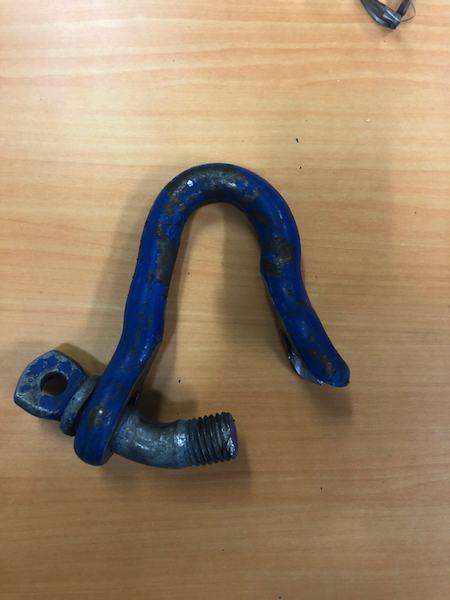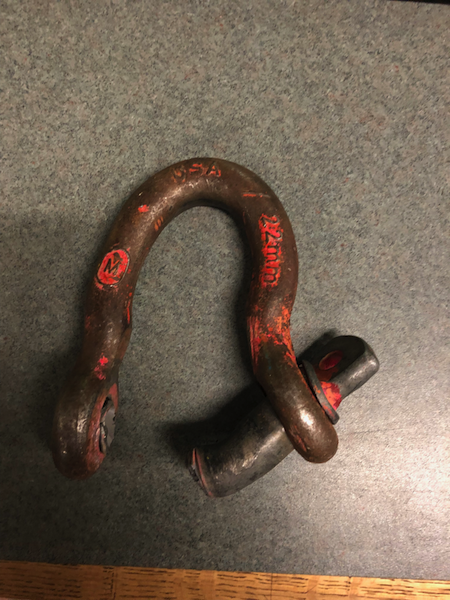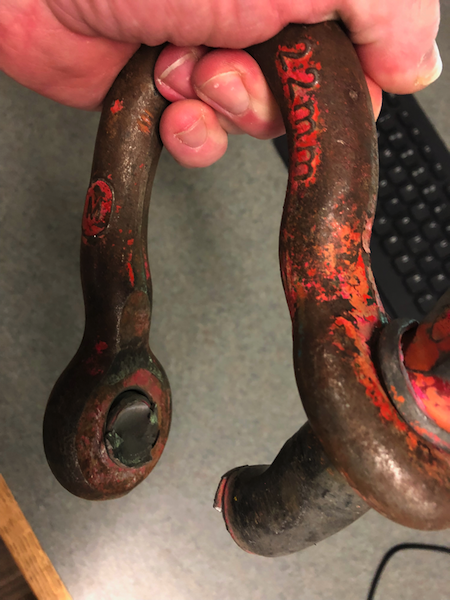My current kit includes:
My strap has some Kinetic capabailities, but not as much as a Kinetic rope. You can tow with a recovery strap, but can't snatch with a Tow strap and you don't have to use the Kinetic abilities. That is why I bought this one and replaced the tow strap I had 10 years ago.
I use to carry the Slee Jac-off tool as well. Never used it so sitting on a shelf now.
I have been debating on changing the 12K to synthetic line. The steel cable is still in great shape and has never failed me though
Not quite what Matt has
- ARB ARB710LB 3-1/4" x 30' Recovery Snatch Strap Minimum Breaking Strength 24000 lbs Kinetic Stretch 20% With Reinforced Eyes and Protector Sleeves
- Tree saver strap
- 4 D rings
- Snatch Block - 200 only
- Gloves - several pairs per vehicle
- ARB Hydraulic Jack- on 200, but portable
- 2 MaxTrax recovery boards- 200 only
- Warn winch (12K steel on 200, 10K synthetic line Taco)
My strap has some Kinetic capabailities, but not as much as a Kinetic rope. You can tow with a recovery strap, but can't snatch with a Tow strap and you don't have to use the Kinetic abilities. That is why I bought this one and replaced the tow strap I had 10 years ago.
I use to carry the Slee Jac-off tool as well. Never used it so sitting on a shelf now.
I have been debating on changing the 12K to synthetic line. The steel cable is still in great shape and has never failed me though
Not quite what Matt has





